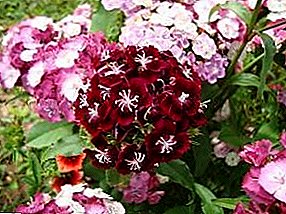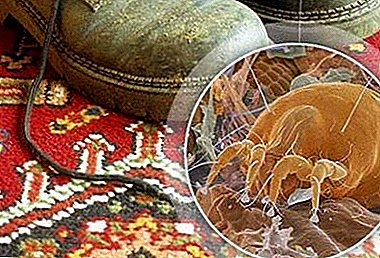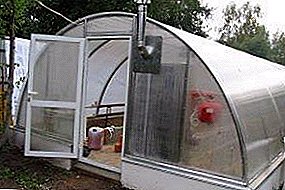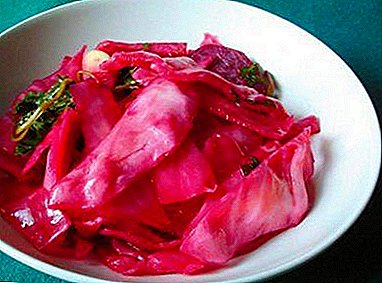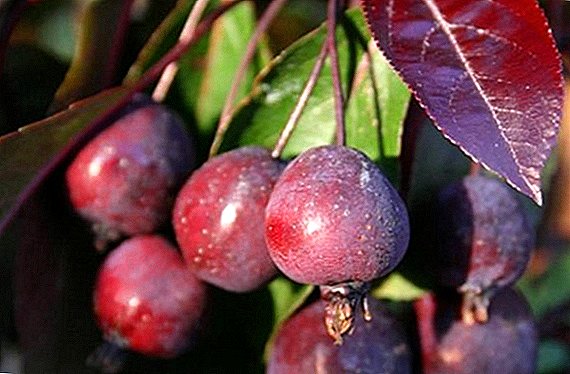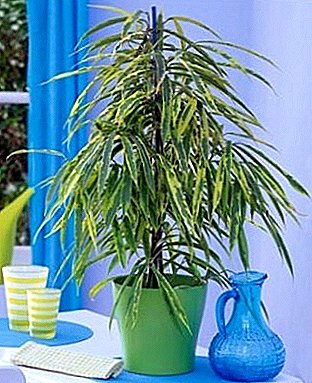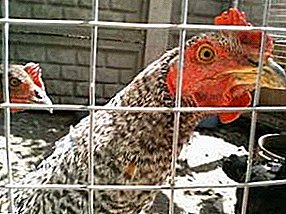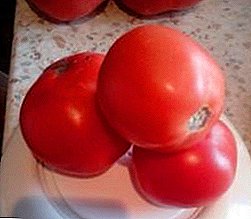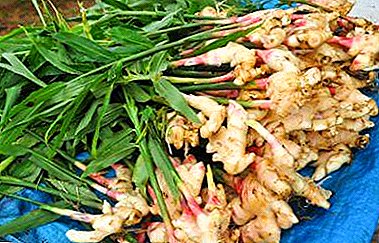
Ginger is a perennial herb. It has a branched rhizome (the famous "horned root"), sharp leaves and unusual large flowers.
There are more than 1000 varieties of culture. There are specimens with a blue or greenish core or with a smell of kerosene.
Scientists collect details about the history of ginger to this day, since the plant is rather ancient and reliable facts about its origin and development are few.
Homeland plants: where does it originate?
So what is it and where is it from? In Europe, ginger began to use in the 9-12 centuries. The Arab merchants, who had a monopoly on the spice trade, brought this spice. Merchants kept ginger’s homeland for a long time in secret. They said that ginger grows on the edge of the world and is protected by cavemen. With such statements they raised the price of this healing root. The plant was considered a delicacy, only wealthy people could afford it. Massive ginger became available from the 18th century.
Briefly about the history of distribution
Ginger or white root is cultivated in regions where it is humid and warm.. This (medicinal) variety is found only in the South of Asia in the shadow of tropical forests. Plantations of other varieties are in such countries:
- Japan;
- Vietnam;
- Africa;
- Australia;
- South America (Argentina, Brazil);
- Jamaica Island
Where is the root grown?
This unique plant is grown for various purposes. From it is prepared spices, medicines, used in the field of cosmetology and perfumery.
wild nature
 So how does spice grow in nature? Ginger is no longer found in the wild. But the most suitable climate for growth is South Africa and East Asia.
So how does spice grow in nature? Ginger is no longer found in the wild. But the most suitable climate for growth is South Africa and East Asia.
Ginger is predominantly grown today in a "civilized" and in industrial quantities. There are fields, farms and plantations in all areas with suitable weather conditions.
There are both very young farms, and the oldest plantations of ginger (more than 200 years), where they arrange sightseeing tours.
In the world: for eating
The largest suppliers of spicy root vegetables are India, China, Australia, Jamaica and Africa. These countries are considered global spice producers. Ginger plant the largest fields, and the resulting crop is sent for export.
In Russia
In our climate, ginger is not grown. Culture does not grow even in economic regions: Krasnodar, the Caucasus, the Moscow region. Growing is permissible only in closed greenhouses, greenhouses, vegetarians, pots or tubs.
In the open ground
It is quite difficult to grow a culture in Russia in the open ground. The plant for the growing season needs a long warm period. Our country does not have a suitable tropical climate. The solution to the problem - heated greenhouses.
Culture will grow in warm regions:
- Krasnodar;
- Crimea;
- Rostov region;
- Moscow region.
To risk and plant ginger in the greenhouse can be in any city in Russia, which is located outside the permafrost.
At home
Ginger can be grown on window sills as an ornamental plant.. Flower growers love a plant for an unusual flower that appears on a homely plant. The plant needs high temperature and high humidity (it needs to be sprayed daily).
Appearance and photo
Appearance and growth phases will vary depending on the region and growing conditions.
Wild

Reminds reed or cane. It has a powerful rhizome with a lot of ramifications. Flowering sprout develops separately from the vegetative. At the top of the plant is a fleshy inflorescence resembling an ear. Inflorescence is located next to the bracts. In their sinuses are flowers. Shades of a plant depend on a grade. In the wild, it can grow up to 2 m. It is propagated by tubers.
Cultivated

Such ginger is more modest in size: it reaches 160 cm in height. In tropical and subtropical latitudes, ginger is planted like potatoes. Does not require special care. Ginger root with sleeping buds is planted in the ground. Shoots appear in 30-45 days. Harvest in 6-12 months (depending on the region).
The signal that the ginger has ripened is yellowed and falling leaves.
Consequences of inappropriate climatic conditions
If ginger is planted in an unsuitable climate, the consequences may be as follows.:
- abnormal short stature of the plant (below 40 cm);
- extremely rare, dull and fast flowering;
- small size of the root;
- bush soreness;
- rotting and yellowing of green mass;
- seedlings of ginger just will not appear.
So, ginger is a spice originally from South Asia. In industrial volumes grown in regions with warm and humid climates. The largest exporters of culture - China, India, Africa, Australia. In Russia, the harvest is possible only in the greenhouse. Also in our country, ginger is grown as an ornamental home plant.


